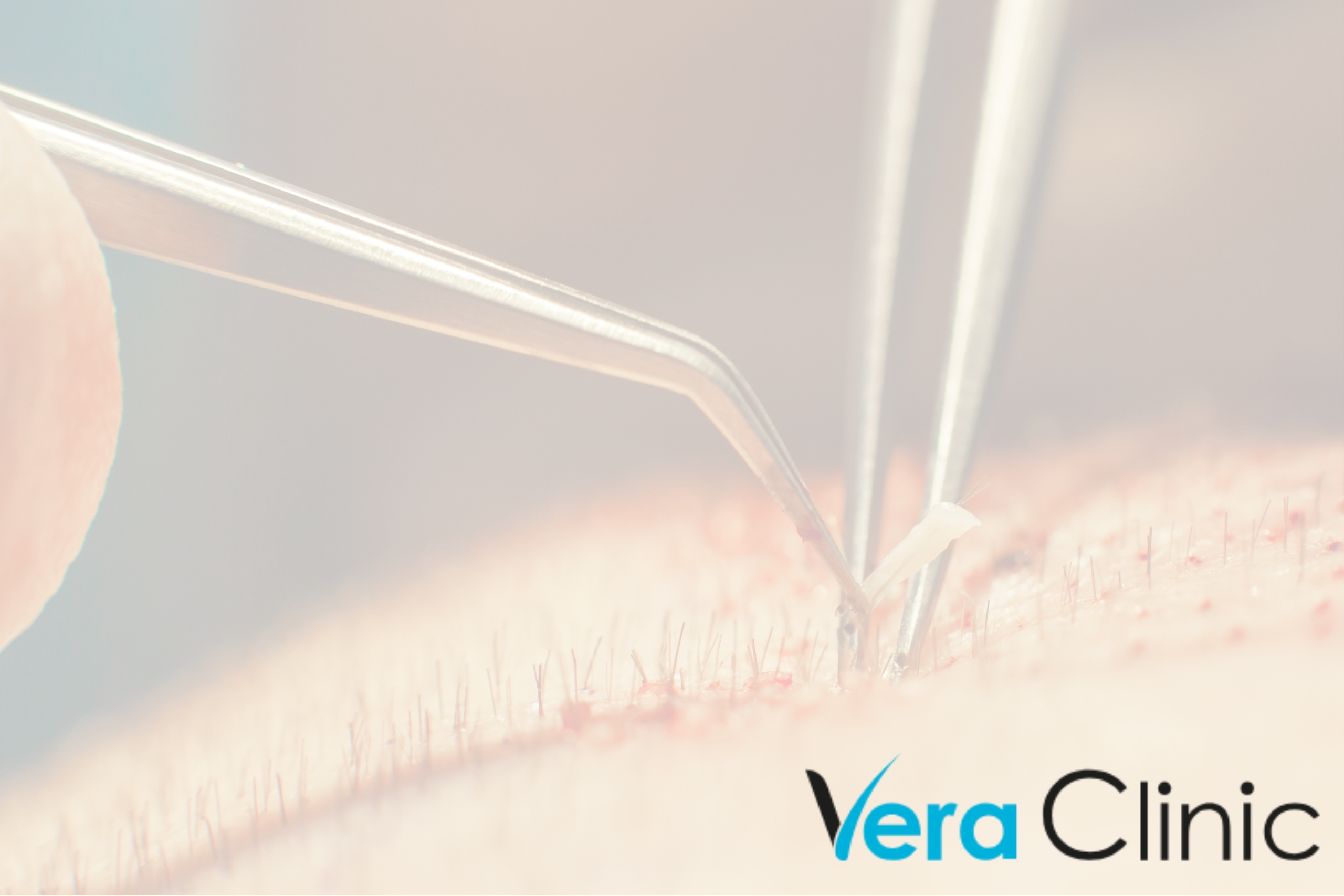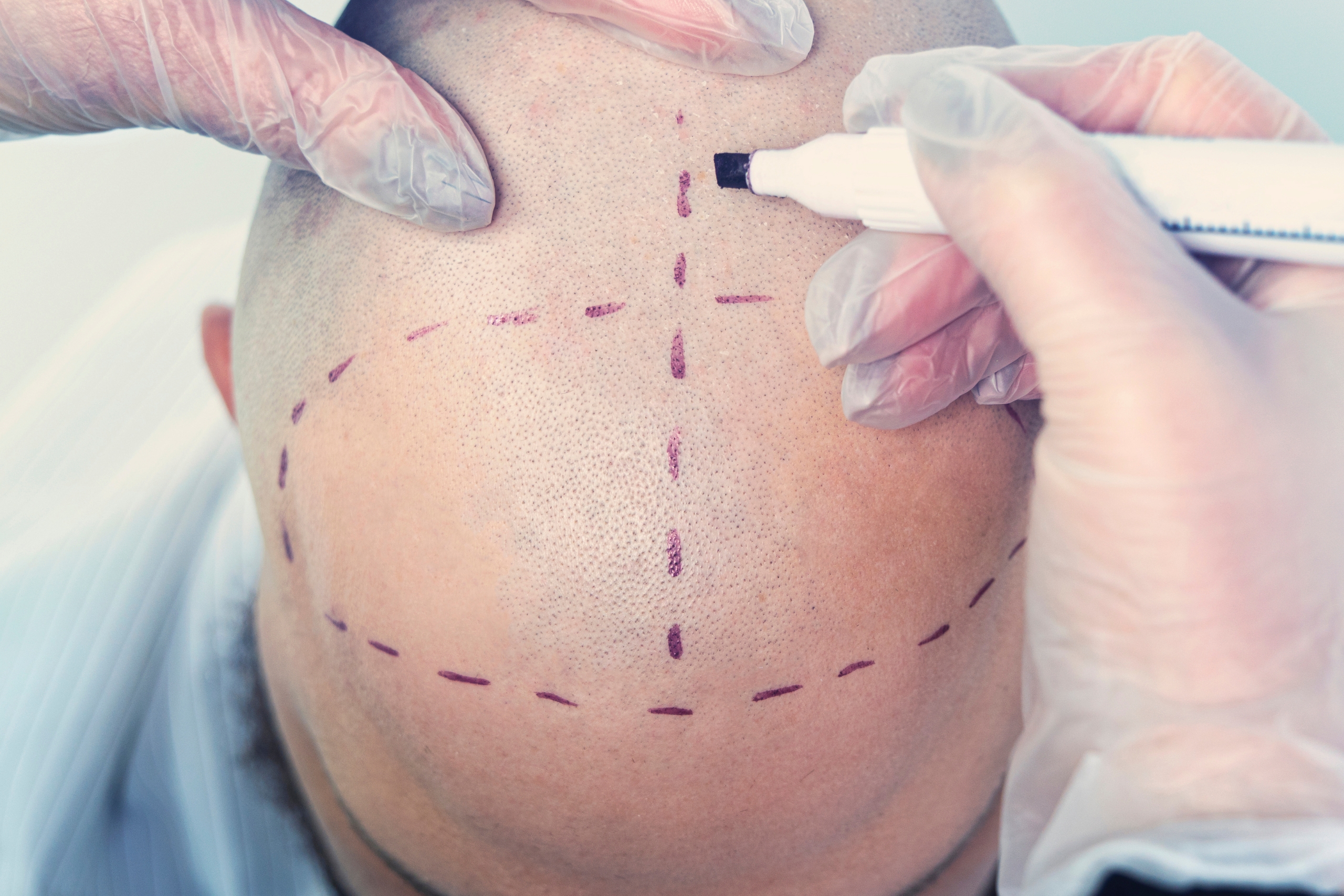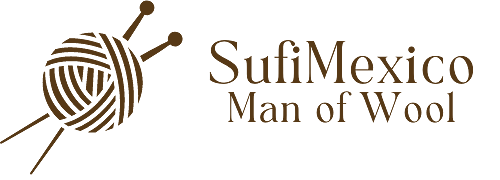
Understanding How Turkish Hair Transplants Work
Turkey attracts international hair transplant patients. The country’s competence and innovative procedures make it a top cosmetic operation destination.
Hair transplant operations remove hair follicles from the back of the head and transplant them to regions of hair loss. This permanent cure to hair loss may restore thinning hair and baldness sufferers’ confidence and looks. Turkey’s hair transplant success has several causes. First and foremost, the nation has qualified and experienced surgeons who undertake these treatments. Turkish clinics also have cutting-edge technology and equipment to provide the best treatment.
In this article, we will delve deeper into the process of Turkish hair transplants, exploring the various techniques employed, the factors that contribute to their success, and the significant impact these procedures have on individuals experiencing hair loss.
Initial Consultation and Evaluation
The initial consultation and evaluation phase is of paramount importance in Turkish hair transplant procedures. It serves as the foundation for developing a personalized treatment plan that addresses the unique concerns and needs of each patient. During this phase, patients have the opportunity to meet with specialists who have extensive experience in hair transplantation to discuss their concerns, ask questions, and assess their suitability for the procedure.
Patients may freely discuss their hair loss worries and expectations with professionals in these appointments, helping them understand their requirements. To identify the best transplant procedure and graft count, the professionals thoroughly assess the patient’s hair density, scalp condition, and general health. In the consultation phase, doctors educate patients about the hair transplant surgery and establish reasonable expectations for outcomes.
This personalized approach guarantees patients get individualized treatment strategies. Specialists may develop a detailed plan to achieve outcomes by carefully assessing each patient’s appropriateness for the treatment and addressing their concerns. Thus, the first consultation and assessment step is vital to teaching patients about Turkish hair transplant techniques and building trust between professionals and patients.
Donor Area Harvesting
Turkish hair transplants, especially FUE and FUT, need donor area harvesting. These methods meticulously remove hair follicles from the donor region, generally the back or sides of the head.
A specialized equipment with a sharp punch extracts follicular units from the donor region with little tissue injury in FUE. This enables for more exact extraction, preserving hair follicles. Before the treatment, the donor region is shaved to identify and harvest follicles. The harvested hair follicles are then transplanted.
A strip of scalp from the donor location, usually the back of the head, is removed and dissected into follicular units under a microscope for FUT. This method extracts more hair follicles each session than FUE. It creates a linear scar that hair frequently hides.
FUE and FUT need accuracy and skill to maximize graft survival and provide natural-looking outcomes. The patient’s demands, baldness, and donor area quality determine which procedure to use.
Site Preparation and Implantation
Turkish hair transplants begin with recipient locations in balding or thinning scalp regions and precise implantation of extracted hair follicles. The patient’s scalp is carefully examined and mapped to discover the best hair transplantation sites.
Tiny scalp incisions or slits generate recipient sites. These recipient sites regulate hair development naturalness and direction based on size, depth, and angle. Professional surgeons carefully consider the patient’s hair type and natural hairline.
One-by-one hair follicles are inserted into recipient areas after preparation. To guarantee viability and development, harvested hair follicles are managed carefully. The medical staff carefully places the transplanted follicles for a natural appearance.
Turkish hair transplants need talent, attention to precision, and a complete grasp of the patient’s needs during site preparation and implantation. This thorough treatment restores confidence and gives hair a fuller, younger look.
Natural Hairline Design
Natural hairline design is crucial in Turkish hair transplants. A natural-looking hairline is essential for patient success and aesthetics. Turkish hair transplant clinic specialists have perfected the art of constructing a hairline that fits with the patient’s hair and complements their facial characteristics and aesthetic preferences.
Specialists examine numerous aspects to create a natural hairline. They choose a hairline based on the patient’s face anatomy, hair growth pattern, and look. The objective is to match or improve the patient’s hairline for face harmony.
Experts at Turkish hair transplant clinics construct the hairline with precision and artistry using modern procedures like FUE and graft placement. They meticulously choose and put hair grafts at the right angle, direction, and density to match the patient’s hair growth pattern. This attention to detail makes the transplanted hairline seem natural, gradually shifting from a thicker core to a softer, more diffused pattern around the sides and temples.
Turkish hair transplant doctors aim to surpass patient expectations by focusing natural hairline design. The great success rate and reputation of Turkish hair transplant clinics is due to their focus on developing a hairline that matches the patient’s characteristics.
Post-Operative Care and Recovery for Hair Transplant
After undergoing a hair transplant procedure in Turkey, patients receive detailed instructions for post-operative care to ensure a successful recovery. These instructions encompass various aspects, including medication usage, hair washing techniques, and lifestyle adjustments.
The post-operative care instructions include specific guidelines regarding medication usage. Patients are typically prescribed antibiotics to prevent infections, as well as pain medication to manage any discomfort. Additionally, they may be advised to use topical solutions or creams to aid in wound healing and reduce inflammation.
Proper hair washing techniques are also emphasized in the post-operative care instructions. Patients are often instructed to avoid washing their hair for the first 24 to 48 hours after the procedure. Once they are cleared to begin washing their hair, they are advised to do so gently, using a mild shampoo and lukewarm water. Vigorous rubbing or scratching of the scalp is typically discouraged to prevent dislodging the newly transplanted hair follicles.
Furthermore, lifestyle adjustments are necessary during the recovery process. Patients are often advised to avoid activities that can potentially damage the transplanted hair grafts, such as rigorous exercise, swimming, or wearing tight headgear. They may also be instructed to sleep in an upright position and avoid direct exposure to sunlight or extreme temperatures.
Follow-Up and Results
After undergoing a hair transplant in Turkey, patients can expect to have regular follow-up appointments to monitor their progress and ensure the success of the procedure. These appointments are vital in assessing the patient’s overall hair growth, addressing any concerns or complications, and tracking the maturity of the transplanted hair.
During these periodic follow-up visits, medical professionals thoroughly evaluate the patient’s scalp and transplanted areas to determine the effectiveness of the procedure. They assess the density and thickness of the transplanted hair, checking for any signs of infection or inflammation. Additionally, the specialists provide detailed instructions on postoperative care and advise patients on how to optimize the growth and maturation of their transplanted hair.
Furthermore, these follow-up appointments serve as an opportunity for patients to voice any concerns they may have regarding their hair transplant. Medical professionals will address these concerns and provide guidance accordingly, offering reassurance and advice on how to proceed. The comprehensive monitoring process during these follow-up appointments helps to ensure that the patient achieves the desired results and can comfortably transition into their new hair journey.
Overall, the follow-up and monitoring process after a Turkish hair transplant plays a crucial role in assessing progress, addressing concerns, and tracking the growth and maturation of the transplanted hair. Through these appointments, patients can benefit from expert guidance and meticulous evaluation to achieve the desired aesthetic outcome.

Conclusion
In conclusion, the comprehensive process involved in Turkish hair transplants, from the initial consultation to follow-up appointments, is a testament to the expertise and precision required to perform successful procedures in Turkey. The meticulous planning, skilled harvesting of hair follicles, and carefully executed transplantation techniques ensure natural-looking results and an overall transformative experience for individuals seeking hair restoration treatments. With a growing reputation for excellence in the field, Turkish clinics offer a unique opportunity for those considering hair transplants to witness firsthand the transformative results that can be achieved. By embracing the expertise and advancements in Turkish hair transplant techniques, individuals can confidently take the first step towards regaining their confidence and restoring their natural hair.


